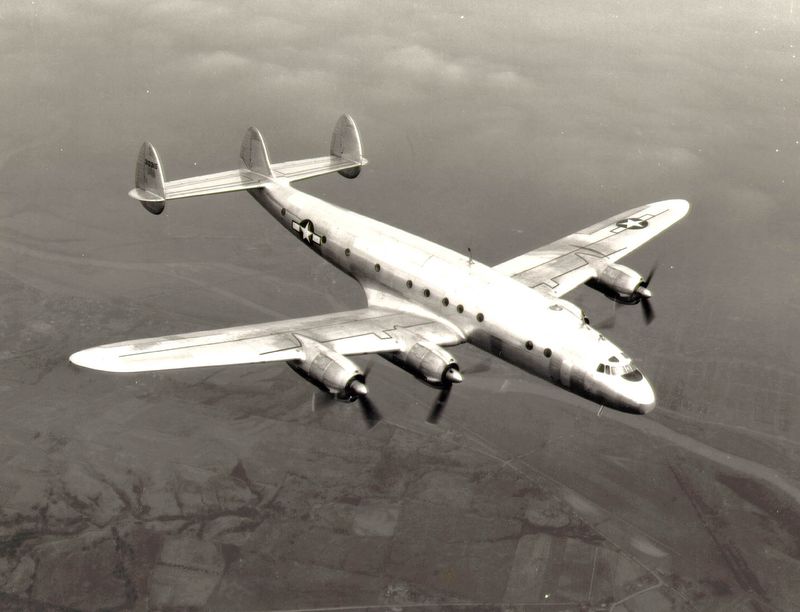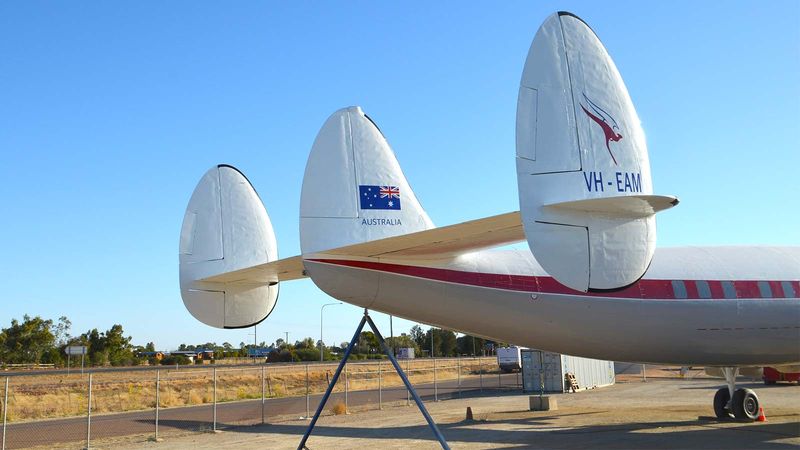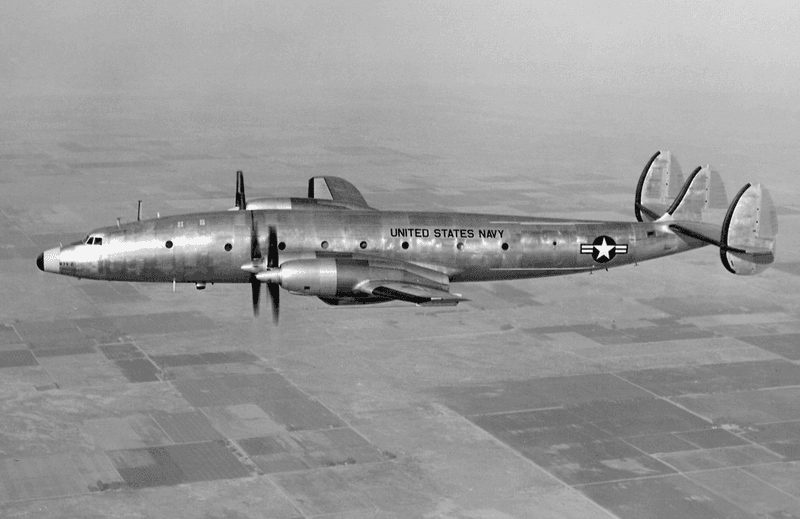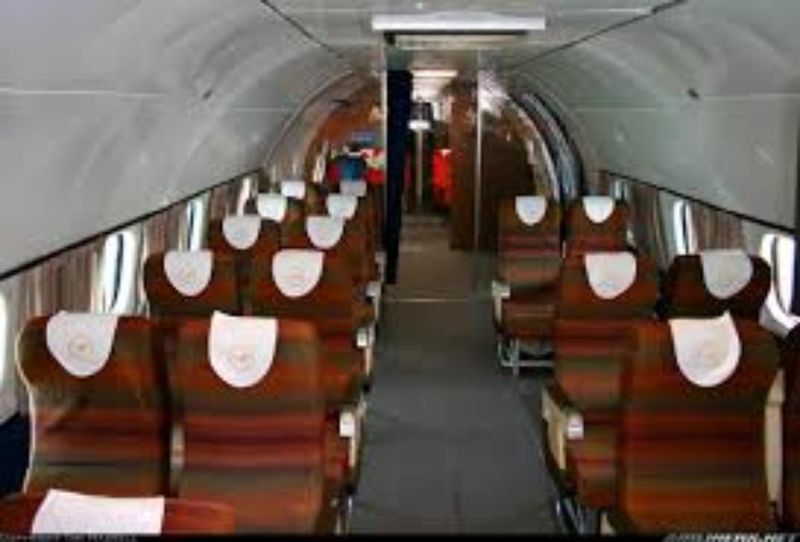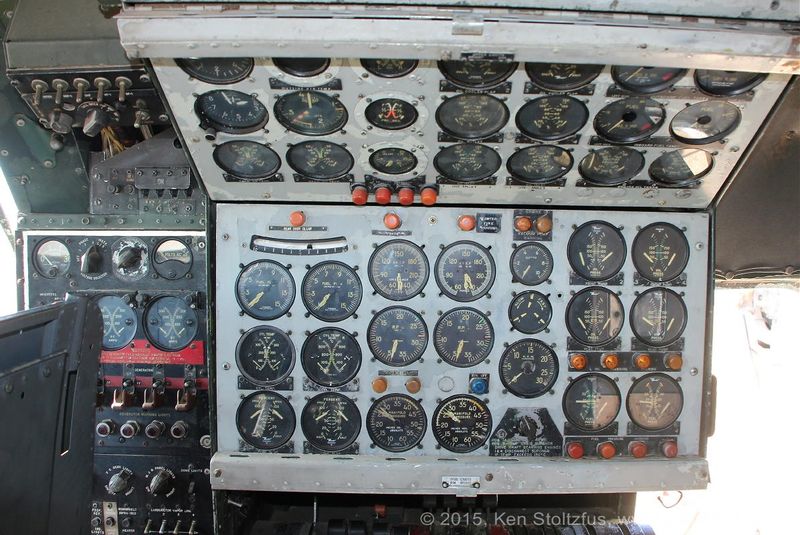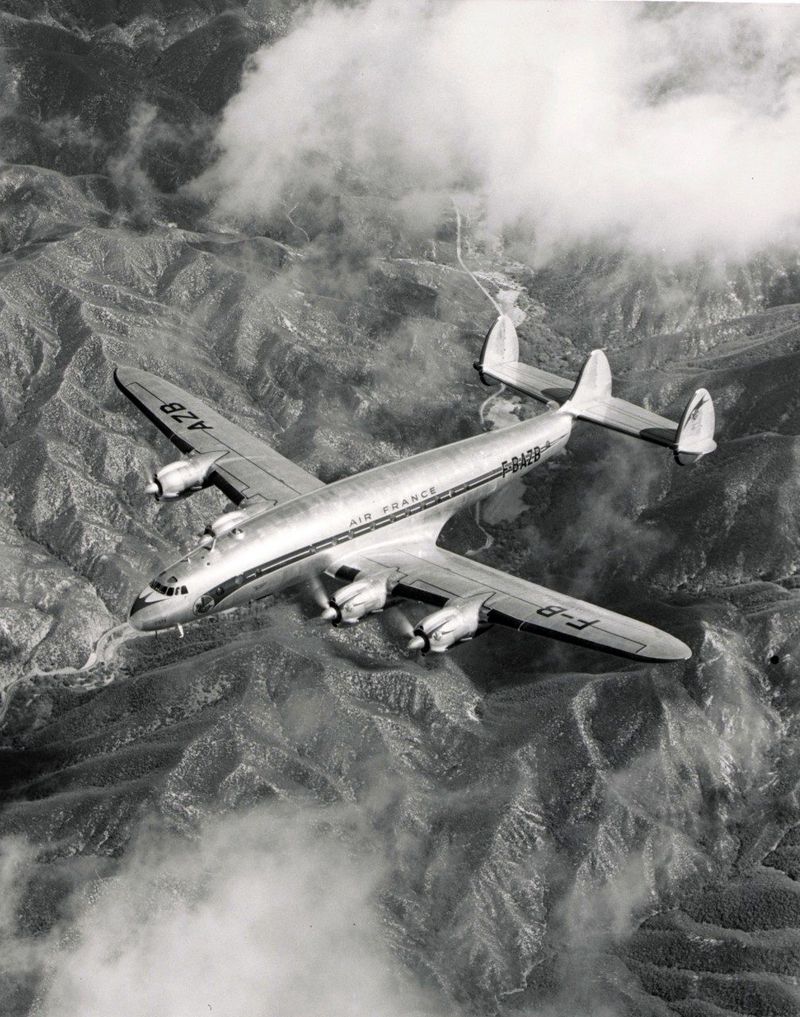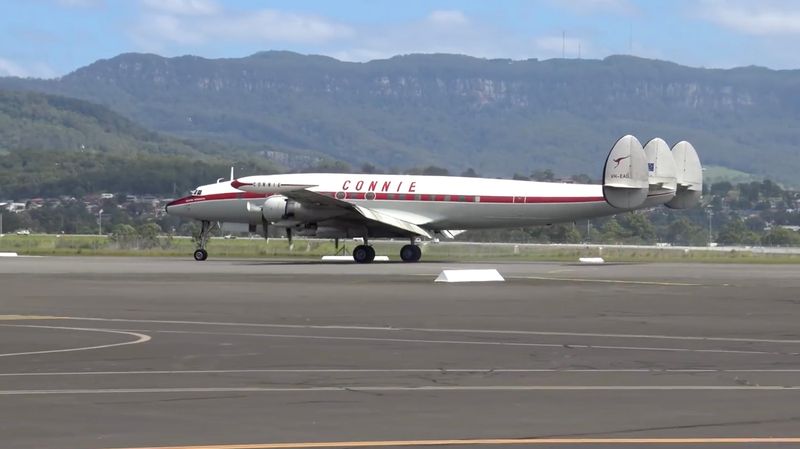Picture an airplane so beautiful that people still stop and stare at it decades after its first flight. The Lockheed Constellation, lovingly called the “Connie,” ruled the skies from the 1940s through the 1960s as the most glamorous way to travel.
With its distinctive triple tail and sleek curves, this remarkable aircraft changed how the world thought about air travel. From Hollywood stars to everyday passengers, everyone wanted to fly on this magnificent machine that made flying feel like a luxury adventure.
1. A Star Is Born: Designed for Speed and Luxury
Howard Hughes had a vision that would change aviation forever. The billionaire demanded TWA create an aircraft that could fly coast-to-coast faster than any competitor, sparking the birth of the Constellation.
Engineers crafted a streamlined fuselage with powerful engines that set new records for speed and comfort. Passengers enjoyed spacious cabins with real beds, fine dining, and panoramic windows that made flying feel like floating through clouds.
This wasn’t just transportation; it was a flying palace that redefined what commercial aviation could be for travelers worldwide.
2. That Unmistakable Triple Tail
No other aircraft silhouette captures attention quite like the Constellation’s three vertical stabilizers. These distinctive tail fins weren’t added for show—they solved a practical problem that stumped aviation engineers.
Airport hangars in the 1940s had height restrictions that would have made a single large tail impossible. The triple-tail design kept the aircraft low enough to fit existing facilities while providing superior stability during flight.
Spotting those three fins on the horizon became synonymous with luxury travel, making the Connie instantly recognizable from miles away to excited passengers and aviation enthusiasts alike.
3. A WWII Veteran Turned Civilian Star
Born during wartime as the military C-69 transport, the Constellation’s true destiny lay in peacetime skies. Military service taught this aircraft toughness and reliability that would serve civilian passengers for decades.
After the war ended, Lockheed transformed their battle-tested design into a luxury airliner that carried celebrities, politicians, and everyday travelers in unprecedented style. The transition from military workhorse to civilian star happened seamlessly.
Famous passengers included movie stars heading to premieres and world leaders attending international meetings, making every Constellation flight feel like a red-carpet event in the clouds.
4. The First Pressurized Passenger Experience
Imagine flying above storms instead of bouncing through them—the Constellation made this dream reality for commercial passengers. Pressurized cabins allowed flights at higher altitudes where weather rarely caused turbulence.
Passengers could finally enjoy smooth flights without oxygen masks or the discomfort of unpressurized aircraft. This revolutionary feature transformed long-distance travel from an endurance test into a pleasant journey.
The technology seems simple today, but in the 1940s, breathing normally at 20,000 feet while sipping coffee and reading newspapers felt like science fiction come true for amazed travelers.
5. A Favorite of Pilots and Military Personnel
Pilots fell in love with the Constellation’s smooth handling and responsive controls powered by mighty Wright R-3350 engines. Flying this aircraft felt like conducting a symphony orchestra—every control input produced beautiful, predictable results.
The military recognized the Connie’s versatility, converting many into specialized roles including the EC-121 Warning Star radar surveillance aircraft. These military versions served faithfully for decades in various configurations.
Veteran pilots often describe flying the Constellation as the highlight of their careers, praising its forgiving nature and majestic presence that made every flight memorable and enjoyable.
6. The Plane That Outlasted the Jet Age
While jets dominated the 1960s, many Constellations refused to retire gracefully. Clever operators converted these sturdy aircraft into cargo haulers, extending their useful lives well beyond passenger service.
Wealthy individuals and corporations discovered that converted Constellations made spectacular private jets with spacious interiors perfect for luxury travel. The aircraft’s reliability and range suited private owners perfectly.
Some Connies found new purpose as aerial tankers fighting forest fires, proving that good design never truly becomes obsolete—it simply adapts to new challenges and opportunities.
7. A Beloved Survivor: Where Can You See One Today
Aviation museums worldwide treasure their Constellation exhibits, with several aircraft meticulously restored to flying condition. Lufthansa’s famous Super Constellation regularly appears at airshows, thrilling crowds with its distinctive engine sound.
Visiting these preserved aircraft feels like stepping into aviation’s golden age when flying was an adventure rather than routine transportation. Museum displays often include period furnishings and airline memorabilia.
Hearing those Wright engines start up sends chills down aviation enthusiasts’ spines, while younger visitors discover why their grandparents speak so fondly about the romance of early airline travel.
